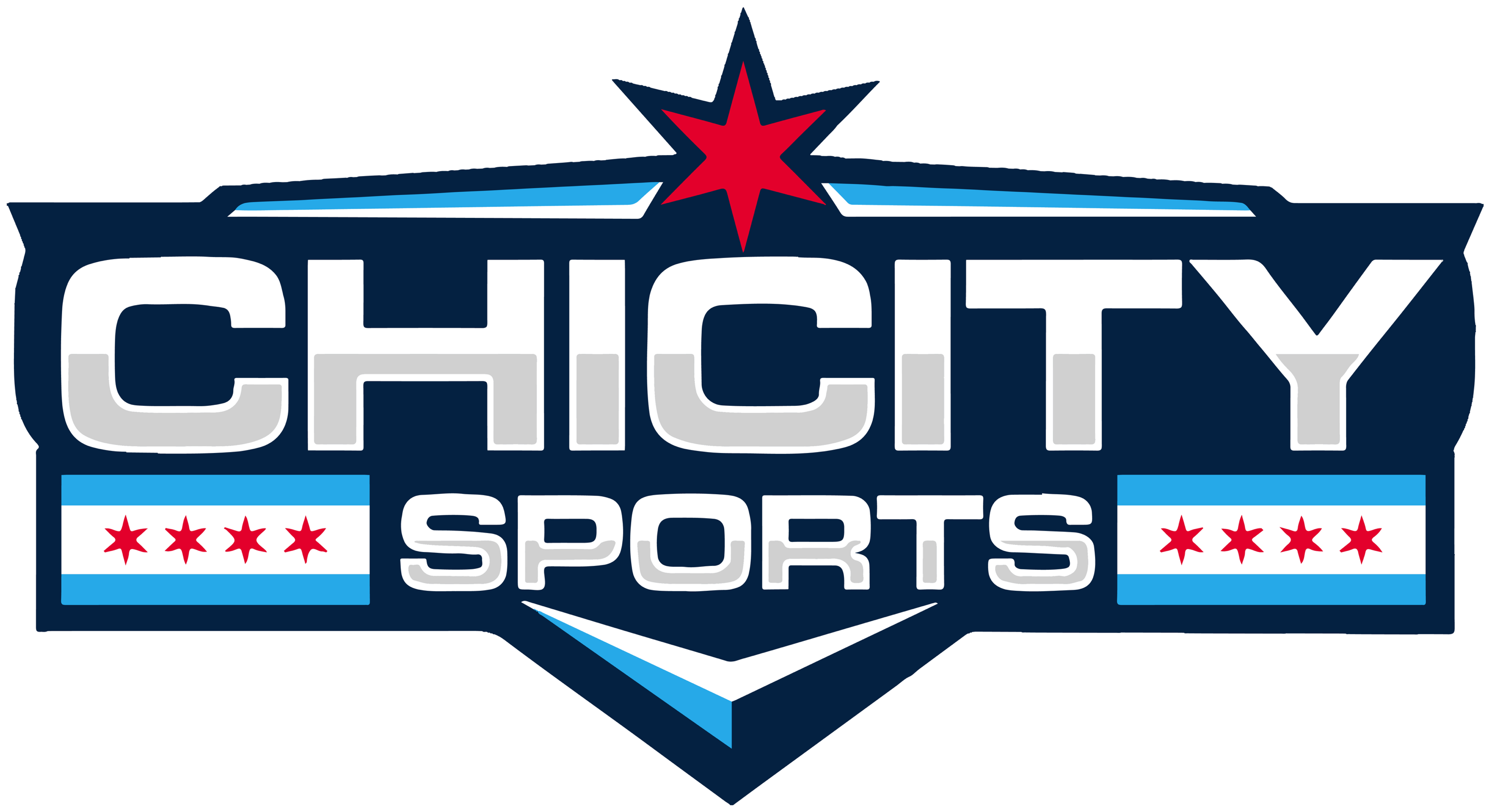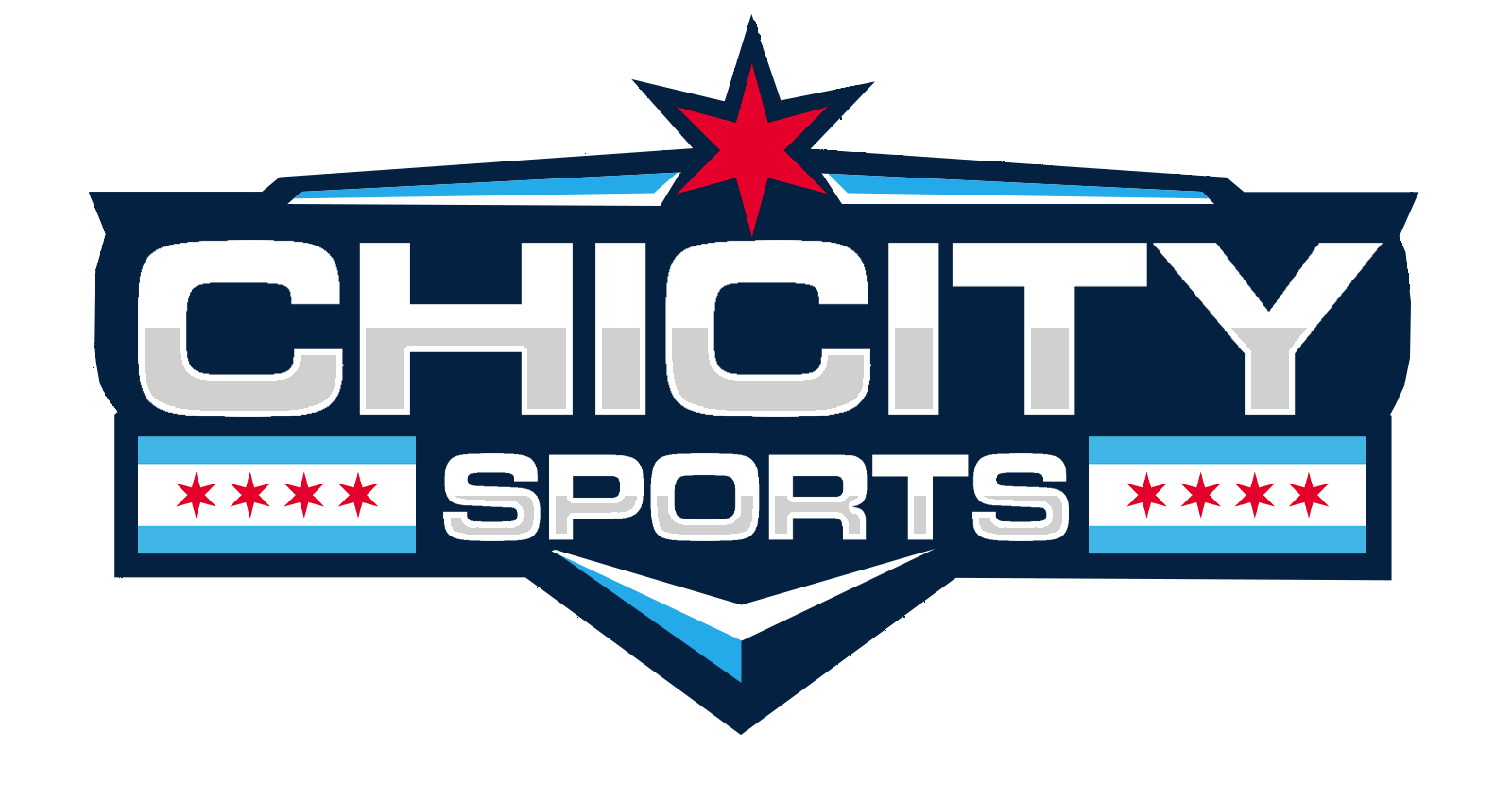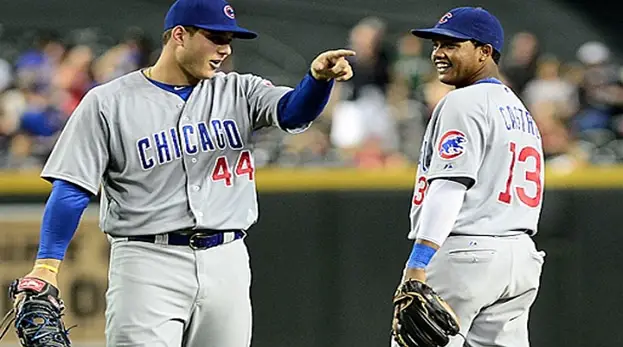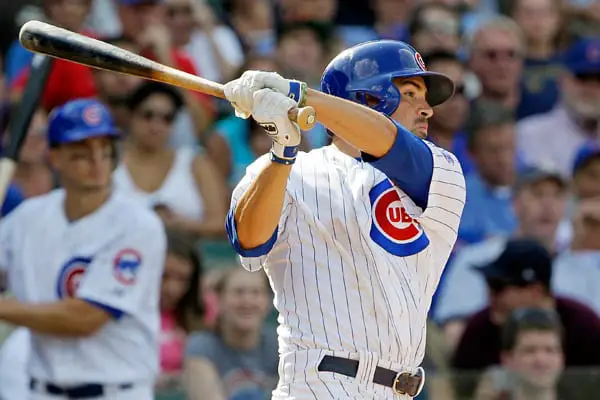Remember your first roller coaster? The harness swings overhead and latches chest high. An attendant walks by and asks you to remove your hat. You oblige, tossing your sunglasses and hat to the deck. People snicker.
“Man, I hope this is fun as the last one!”
“I can’t believe your father dragged me on this thing… I’m going to be sick.”
“GO FASTER! WOOOOOOO!!!!!”
“That theme park in Florida has WAY better rides than this place.”
So, whose opinion are you going to take at face value? The petrified housewife? The mouthy teenagers? The excitable sixth grader? This is your first coaster, after all. A few metallic clanks, and the cart creeps towards a flawless blue sky. Most Cubs fans I’ve jawed with took at 2013 as more of the same. Losing. To continue with the theme park analogy, the Cubs are stuck in that bumper car with a short circuit that only allows it to travel at half speed in an obtuse semi-circle, allowing it to fall victim to the slew of other riders.
I feel like the kid strapped into his first roller coaster. It’s my first time in this theme park. The smell of the food, everything slathered in butter. Everything bubbling with carbonation and MSGs. The clacking and banging, people screaming and cheering. Parents begging their kids to stay within sight.
In my Cubs lifetime, it’s safe to say I’ve been blessed with some jarring moments that are cemented in baseball lore — the Hall of Fame careers of Ryne Sandberg and Sammy Sosa (the later who will almost certainly miss Cooperstown immortality because he forgot how to speak English one dark day in 2005), Kerry Wood’s inhuman 20K performance against the Astros, Carlos Zambrano’s no-no, the Cubs clinching three division championships in six years, McGwire versus Sosa in the summer of ‘98, and Game 6 of the 2003 National League Championship Series.
But never as a Cubs fan have I been through a rebuilding process. Never have the Cubs had a management been so steadfast in the proclamation of creating a team infrastructure that gives the major league squad a bottomless pool of talent, much like the Cardinals and Rays. Never have the Cubs become the trail blazer in something other than losing (utilizing international pool money). After attending my fair share of Cubs games at the Friendly Confines, never in a million years did I think that ownership would actually follow through with rebuilding the baseball equivalent of the Sistine Chapel.
It’s all happening. The roster has bottomed out. And damn, has it been ugly.
Gone are an overwhelming majority of “Hendry’s guys.” The bad contracts, I’m looking at you Alfonso Soriano and Big Z. Never again will I be overcome with the anxiety of watching Carlos Marmol begin warm-up tosses in the ‘pen. Most of the familiar faces were handed plane tickets to AL contenders and came back in the form of salary relief of a cache of prospects. Some are the wiry, unassuming type (C.J. Edwards), while Corey Black arrived as a guy with the fastball and disposition of a right-handed Billy Wagner.
Then there were the reclamation projects of Mike Olt and Jake Arrieta. Olt, in particular, was untouchable last year when the Cubs and Rangers kicked around the previous incarnation of the Matt Garza trade. Now? He’s struggling to regain his composure after a concussion in Winter Ball and vision problems derailed his momentum from 2012. Arrieta was never able to put together at the backend of the Orioles’ rotation and became expendable when Baltimore’s farm bulged at the waist with power pitching prospects.
Aside from the newest farmhands, the Cubs list of recognizable prospects continues to grow like a first grader’s Christmas list — Baez, Almora, Bryant, Soler, Johnson, Alcantara, Szczur, Vogelbach, Zastryzny. All toolsy in their own right, all cogs to the Cubs future. Whether you turn to the various corners of the sporting internet, turn the dial in your car to an AM sports chat on your morning commute or listen to one of the talking heads on a talkshow — you’ll get the same plain narrative about the Cubs.
“Boy, they’re sure adding a lot of farm talent. Some intriguing names. No big free agent splashes. A hot-head manager who’s given nothing to work with. I trust what Theo’s doing. He won two World Series after all. But what exactly is he doing? How is that farm helping the major league team right now? I sense Cubs fans are finally growing restless.”
First off, 105 years is enough time to grow restless a trillion times over. Restless passed us by a few minutes after the world was introduced to Steve Bartman. I go back to what I discussed earlier — we finally have a plan. Create a personnel infrastructure that gives the Cubs a self-sustaining roster. Instead of going out and throwing millions at a free agents’ 32-year-old creaking knees, give a hungry prospect an opportunity. Not only is it cheaper, management has a chance to control the player’s cost for six years.
A player retires? Plug a new one in. A player decides to leave VIA free agency? Plus a new one in. A staff ace or lineup-anchoring mammoth becomes available VIA trade? Offer up a pu pu platter of prospects to reel him in. It gives an organization flexibility, options. Before, the only feasible action was to throw the checkbook at the flavor of the month.
Fans will continue to harp on the belief that, “There’s no guarantee that a prospect will ever pan out! We could wait five years, then call up the guy and he stinks up the joint! I’d rather give money to a proven free agent.”
You’re right, that sounds like a great plan. Let’s ask the Angels how Josh Hamilton looks right now. I’m sure the Giants fans can give us plenty of rousing Barry Zito anecdotes. Outside his masterful performance in last year’s postseason, you’d be hard-pressed to find a fan who felt like he earned a fraction of his $126 MM contract. The whole point of building a the sustainable roster is that it gives a franchise more opportunities to have quality major league players. If the Cubs, for example, sign two free agent pitchers, they only gave themselves two opportunities to have a quality starting pitcher of the duration of those contracts. But if they have, say, 15 pitchers in their minor league system with projectable tools? Suddenly there are 15 chances. It’s a numbers game, something fans don’t generally think about. At the end of the day, sports is a business. Just like any business, a team wants as many opportunities as they can to land a major contributor.
Now, will every guy have some Pugian ascent into the history books? Doubtful. Will some guys be the next Felix Pie? More than likely. But we could also have the next Kerry Wood throwing fireballs somewhere in the foothills of Tennessee. We have no idea. The point is that the Cubs never really gave themselves the opportunity to find these kinds of gems before our new regime rode their steeds into town.
Cubs fans have just begun their first ride on the rebuild roller coaster. We can look to each side and see sweeping hills of wood and metal, sunlight gleaming off the tracks, maybe even a few loops and curly-Q banks. It’s only scary because we’ve never been on this ride before. I think if you asked a Cardinals or Rays fan, they’d tell you it’s worth standing in line.
For More Great Chicago Sports Content
Get the latest Chicago sports news, analysis, and breaking stories on the Bears, Bulls, Blackhawks, Cubs, White Sox, Sky, and more! Tap the star to add us to your favorites on Google News, so you never miss a story on your favorite Chicago teams.
Follow us on Twitter at @chicitysports23 for more great content. We appreciate you taking time to read our articles. To interact more with our community and keep up to date on the latest in Chicago sports news, JOIN OUR FREE FACEBOOK GROUP by CLICKING HERE





1 Comment
Firstly, you act as if the the only way to build a farm system is by being terrible and tanking seasons. The Cardinals have the best system have have built it while putting a competitive team on the field.
Secondly, you site Zito and Hamilton as if those guys are proof that signing big free agents is always a bad idea. How about guys like Cabrera or Fielder. There are tons of examples of guys who do pan out. I’d even argue that AROD’s first 10 year deal was well worth the money.